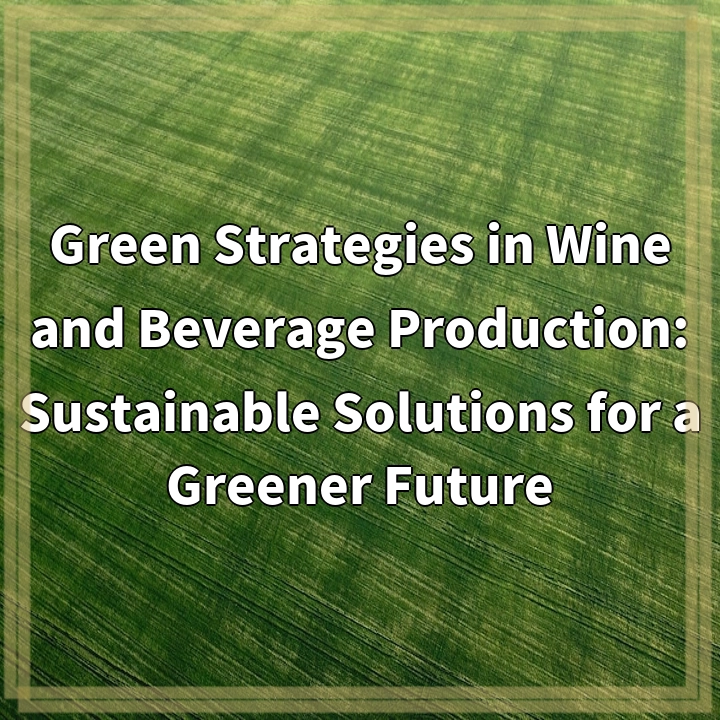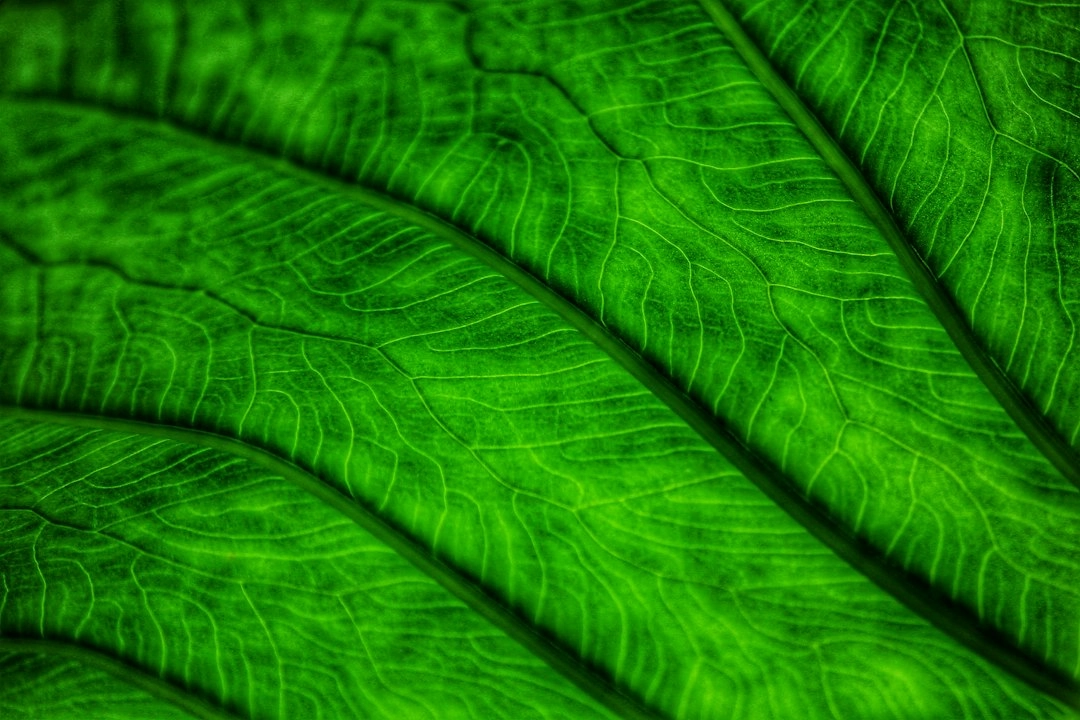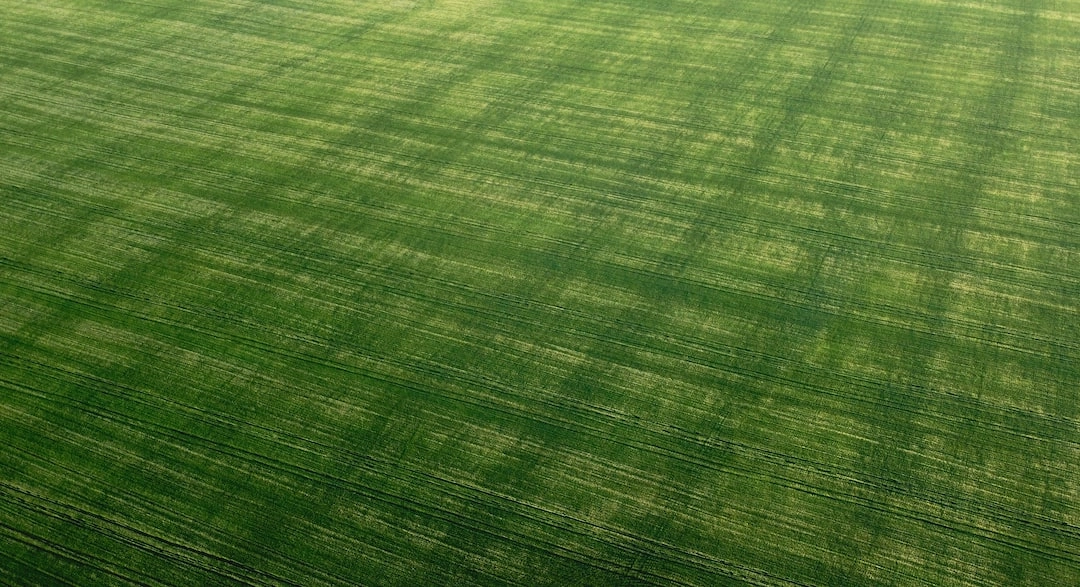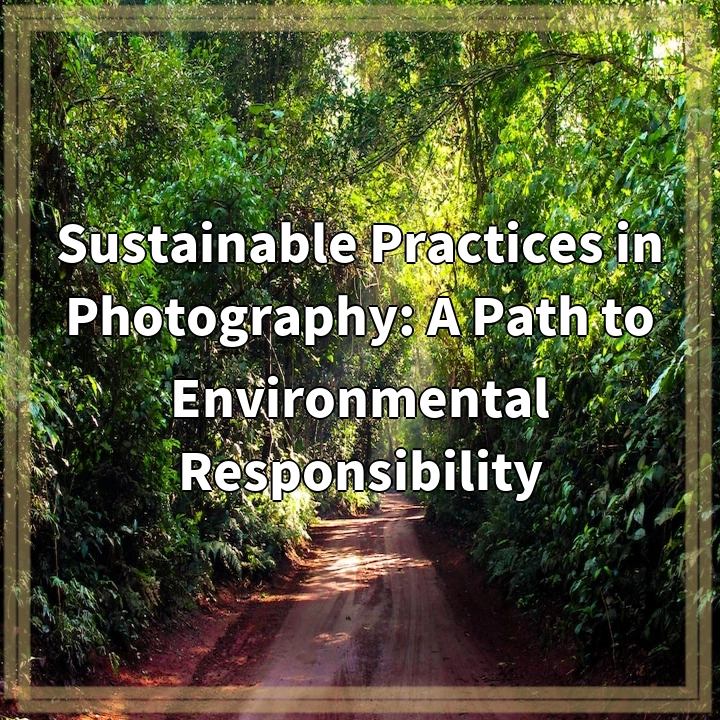
What it is:
Green strategies in wine and beverage production refer to the implementation of sustainable practices that aim to reduce the environmental impact of the industry. These strategies focus on minimizing resource consumption, reducing waste generation, and adopting renewable energy sources.
Real-world problems:
1. Water scarcity: The wine and beverage production process requires a significant amount of water. This rapidly depleting resource poses a challenge for sustainability. Implementing water-efficient practices and investing in water recycling systems can help address this issue.
2. Energy consumption: The wine and beverage industry is known for its high energy demands, particularly during the production and packaging stages. Utilizing renewable energy sources such as solar or wind power can help reduce greenhouse gas emissions and lessen reliance on fossil fuels.
3. Packaging waste: The industry generates a substantial amount of packaging waste, including glass bottles, plastic caps, and cardboard boxes. Implementing eco-friendly packaging options such as lightweight bottles, compostable materials, or encouraging bottle returns and recycling programs can significantly reduce this waste.
4. Chemical use and pollution: The use of pesticides, herbicides, and fertilizers in vineyards can have adverse effects on the environment, including soil degradation and water pollution. Promoting organic and biodynamic farming practices can minimize chemical use and mitigate these environmental concerns.
5. Carbon footprint: Transportation and logistics play a crucial role in the wine and beverage industry. The carbon emissions generated from the transport of raw materials, production, and distribution contribute to climate change. Strategies such as optimizing transport routes, using electric vehicles, or supporting local sourcing can help reduce the carbon footprint.

Solutions for Green Strategies in Wine and Beverage Production:
1. Water scarcity:
Implementing water-efficient practices, such as drip irrigation, and investing in water recycling systems can help conserve water resources. Additionally, conducting regular water audits and monitoring can identify areas for further improvement.
2. Energy consumption:
Shifting towards renewable energy sources, such as solar or wind power, can significantly reduce the carbon footprint of wine and beverage production. Installing energy-efficient equipment, optimizing production processes, and implementing energy management systems can also help conserve energy.
3. Packaging waste:
Opting for eco-friendly packaging options, such as lightweight bottles or using recycled materials, can minimize packaging waste. Encouraging bottle returns and implementing recycling programs can also promote circular economy principles and reduce overall waste generation.
4. Chemical use and pollution:
Adopting organic and biodynamic farming practices can eliminate or minimize the use of harmful chemicals in vineyards. Integrated pest management, crop rotation, and the use of natural fertilizers can help maintain soil health and reduce pollution risks.
5. Carbon footprint:
Optimizing transport routes, using electric or hybrid vehicles for transportation, and supporting local sourcing can help reduce the carbon footprint associated with wine and beverage production. Carbon offset programs and adopting sustainable packaging materials can further enhance environmental sustainability.















